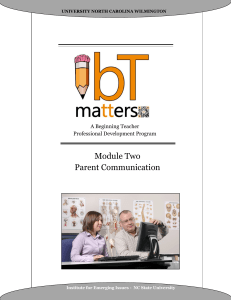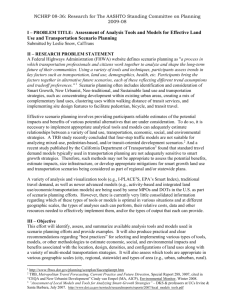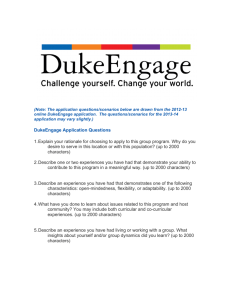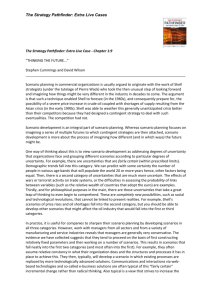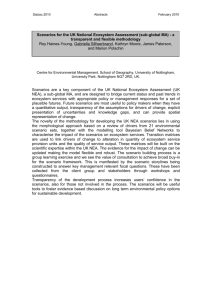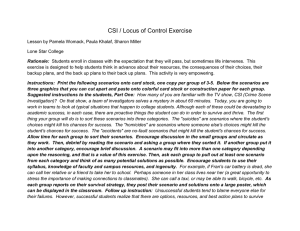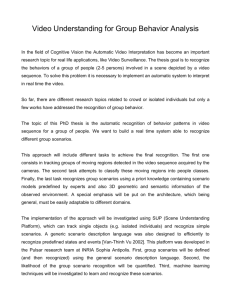Online Appendix 1 - Random Presentation of Scenarios To minimize
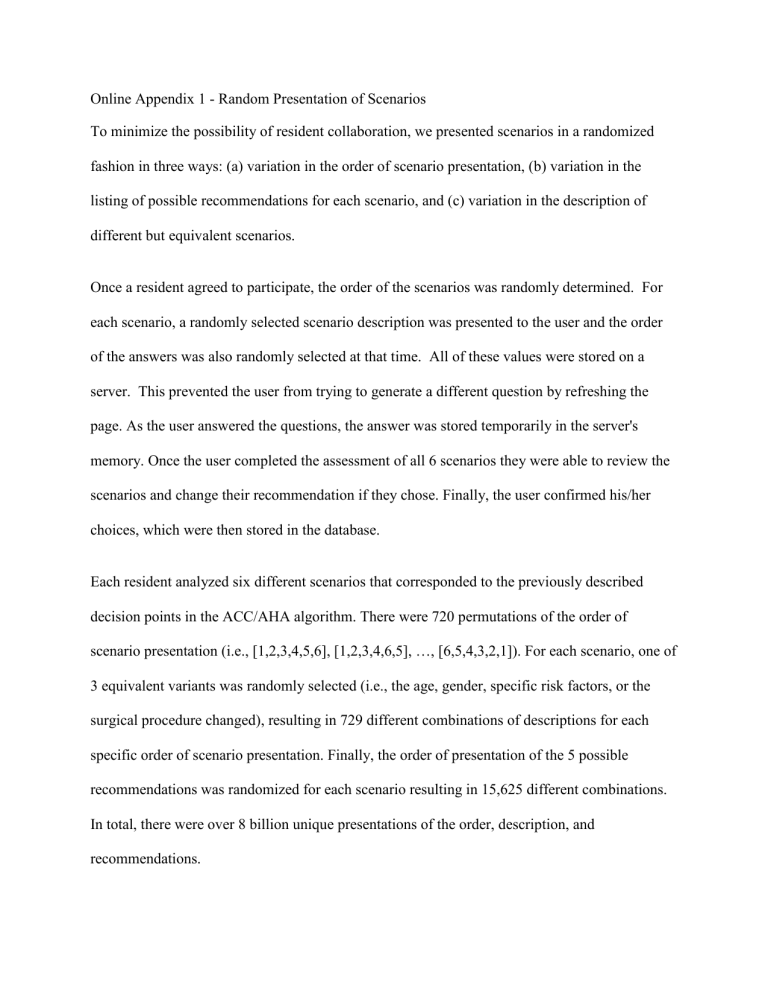
Online Appendix 1 - Random Presentation of Scenarios
To minimize the possibility of resident collaboration, we presented scenarios in a randomized fashion in three ways: (a) variation in the order of scenario presentation, (b) variation in the listing of possible recommendations for each scenario, and (c) variation in the description of different but equivalent scenarios.
Once a resident agreed to participate, the order of the scenarios was randomly determined. For each scenario, a randomly selected scenario description was presented to the user and the order of the answers was also randomly selected at that time. All of these values were stored on a server. This prevented the user from trying to generate a different question by refreshing the page. As the user answered the questions, the answer was stored temporarily in the server's memory. Once the user completed the assessment of all 6 scenarios they were able to review the scenarios and change their recommendation if they chose. Finally, the user confirmed his/her choices, which were then stored in the database.
Each resident analyzed six different scenarios that corresponded to the previously described decision points in the ACC/AHA algorithm. There were 720 permutations of the order of scenario presentation (i.e., [1,2,3,4,5,6], [1,2,3,4,6,5], …, [6,5,4,3,2,1]). For each scenario, one of
3 equivalent variants was randomly selected (i.e., the age, gender, specific risk factors, or the surgical procedure changed), resulting in 729 different combinations of descriptions for each specific order of scenario presentation. Finally, the order of presentation of the 5 possible recommendations was randomized for each scenario resulting in 15,625 different combinations.
In total, there were over 8 billion unique presentations of the order, description, and recommendations.
